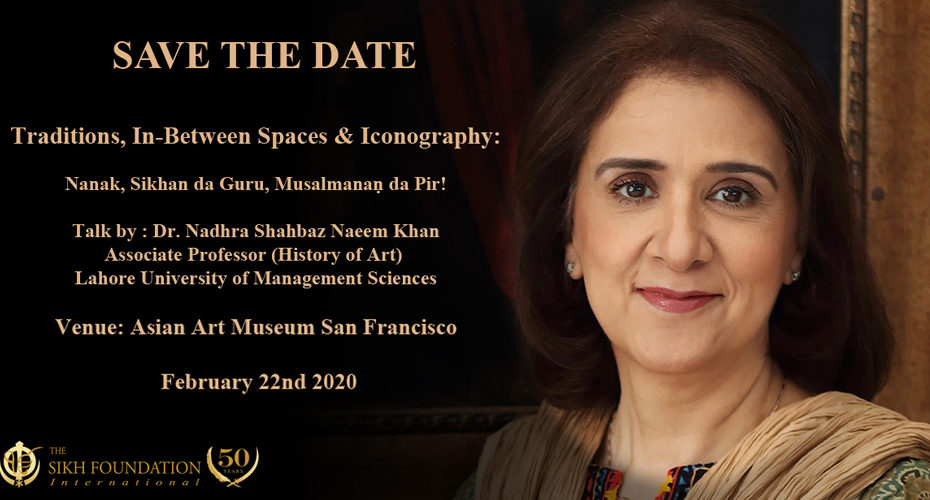Abstract
In 17th–19th century paintings, Guru Nanak (1469–1539) is usually portrayed with a fixed set of attributes, each laden with references to cultural practices and beliefs of his and these times. While a few of these notions are still in circulation, many have been long forgotten. Embodied in parallel oral and literary traditions, their erasure from public imaginary and visual vocabulary was a consequence of colonial attitudes towards vernaculars which disrupted the age-old flow of information. Moreover, some modern interpretations have obscured the meanings of many of these concepts making it difficult to fully understand their role in the iconographic programs. Focusing on a particular object we find in the Guru’s images, his chādar, and the oral or written traditions it signifies, this presentation is an attempt at refreshing forgotten relationships between words and images. What this promises to lead us to, are malleable spaces in-between hardened social and religious boundaries where traditions once blossomed and where their boundless fragrance lingers on.
Description
Join noted scholar Dr. Nadhra Khan, associate professor of history at the Mushtaq Ahmad Gurmani School of Humanities and Social Sciences in Lahore, Pakistan, for this illuminating talk commemorating the 550th anniversary of the birth of Guru Nanak (1469–1539), the founder of Sikhism: Nanak, Sikhan da Guru, Musalmanaṇ da Pir! Khan explores the iconography used in portraits of Guru, reviving forgotten relationships between words and images.
In paintings dating to the 17th through 19th centuries, Guru is usually portrayed with a fixed set of attributes, each laden with references to cultural practices and beliefs. While a few of these associations are still in circulation, many are long forgotten, a consequence of colonial attitudes toward vernacular practices. In this lecture, Khan focuses on a particular object we find in Guru images, his chadar, or shawl, and the oral or written traditions it signifies.
The program also features filmmaker A. K. Sandhu’s short documentary “Expressions of Divinity,” showcasing the first U.S. museum exhibition of contemporary Sikh art, presented in honor of the 550th anniversary of the birth of Guru Nanak.
Co-presented in partnership with the Sikh Foundation.

